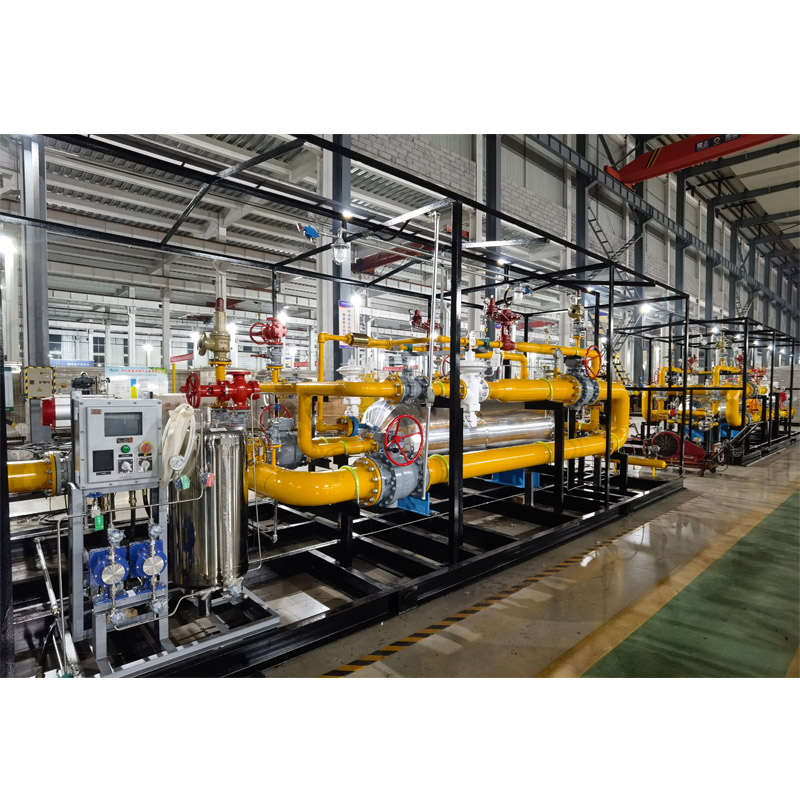
Aug . 18, 2024 08:58
Back to list
Understanding the Function and Importance of Relief Valves in Fluid Systems
Understanding Relief Valves Importance and Functionality
Relief valves are critical components in various industrial systems, designed to protect equipment and maintain safe operating conditions. These devices play a pivotal role in pressure control, ensuring that systems do not exceed their maximum allowable operating pressure (MAOP). When pressure builds up beyond safe limits, relief valves automatically release excess pressure, preventing potential system failures or catastrophic accidents.
What is a Relief Valve?
A relief valve is a safety device that automatically opens at a predetermined pressure, allowing fluid (liquid or gas) to escape from the system. Once the pressure drops to a safe level, the valve closes again. This mechanism prevents overpressure conditions that could lead to equipment damage, leaks, or explosions. Relief valves are commonly used in various applications, including boilers, pressure vessels, pipelines, and hydraulic systems.
Types of Relief Valves
There are several types of relief valves, each serving specific applications and operating conditions. The most common types include
1. Pressure Relief Valves (PRVs) These are used to control pressure in a system, opening to release excess pressure and closing once safe levels are restored.
2. Safety Valves Typically designed for gaseous systems, safety valves open fully when a certain pressure is reached, facilitating quick pressure release.
4. Pilot Operated Relief Valves These use a pilot system to control the main valve and can provide more precise pressure control, often used in high-pressure applications.
relief valve

Importance of Relief Valves
The importance of relief valves cannot be overstated. They are crucial for
- Safety By preventing overpressure conditions, relief valves protect personnel, equipment, and the environment from potential hazards.
- Regulatory Compliance Many industries are subject to strict regulations regarding pressure control and safety. Proper installation and maintenance of relief valves ensure compliance with these regulations.
- Operational Efficiency Relief valves help maintain optimal operating conditions, contributing to the overall efficiency and longevity of equipment. By preventing unwanted pressure fluctuations, they enhance the reliability of the system.
Installation and Maintenance
Correct installation is vital for the effective operation of relief valves. Factors such as location, orientation, and the type of fluid being handled must be considered. The valve should be installed as close to the pressure source as possible, and appropriate piping and fittings should be used to avoid unnecessary pressure drops.
Regular maintenance is also critical. Relief valves should be tested periodically to ensure they function correctly. This can involve visual inspections, functional tests, and sometimes disassembling the valve for thorough inspections. Any signs of wear or damage should be addressed immediately to maintain safety and efficiency.
Conclusion
In conclusion, relief valves are essential components in many industrial systems, providing safety and pressure control. Understanding their types, importance, and proper maintenance techniques is crucial for anyone involved in system design or operation. By ensuring the reliable performance of relief valves, companies can protect their personnel, equipment, and the environment, ultimately fostering a safer and more efficient operational landscape. Whether in a power plant, chemical facility, or manufacturing plant, the presence and proper maintenance of relief valves remain indispensable to industrial safety and performance standards.
Latest news
-
Safety Valve Spring-Loaded Design Overpressure ProtectionNewsJul.25,2025
-
Precision Voltage Regulator AC5 Accuracy Grade PerformanceNewsJul.25,2025
-
Natural Gas Pressure Regulating Skid Industrial Pipeline ApplicationsNewsJul.25,2025
-
Natural Gas Filter Stainless Steel Mesh Element DesignNewsJul.25,2025
-
Gas Pressure Regulator Valve Direct-Acting Spring-Loaded DesignNewsJul.25,2025
-
Decompression Equipment Multi-Stage Heat Exchange System DesignNewsJul.25,2025

